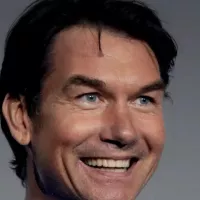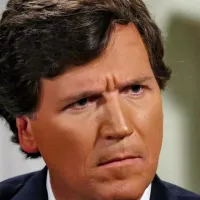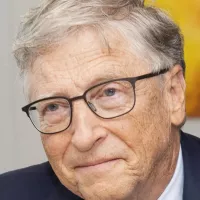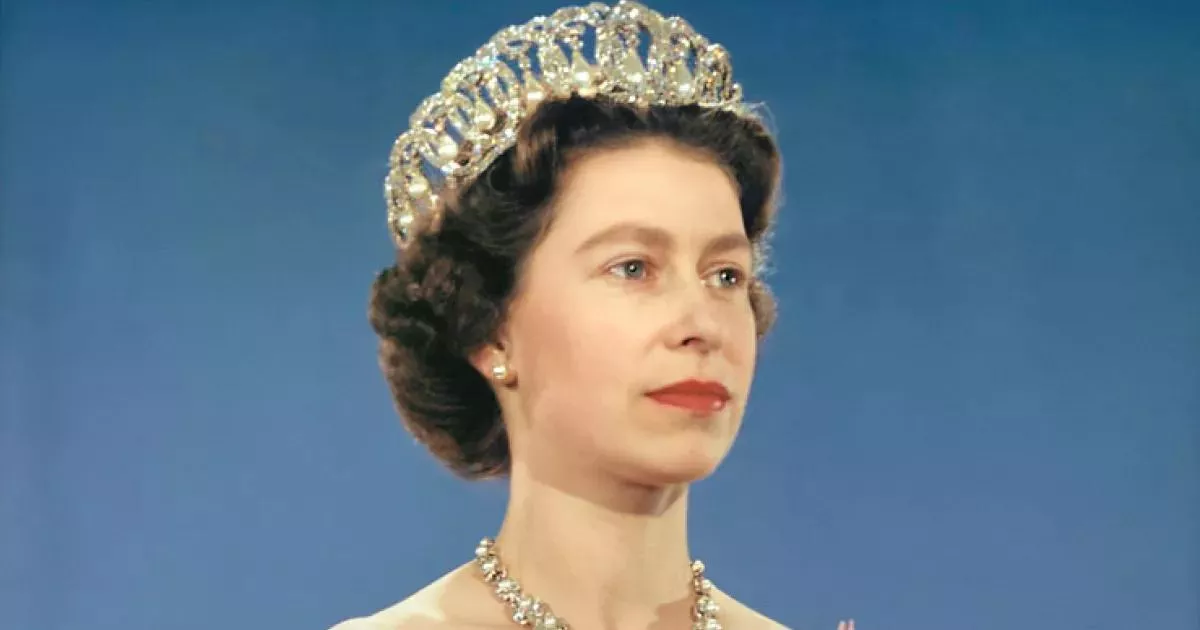Discover the career path of Elizabeth II, from the first major opportunity to industry-changing achievements.
Elizabeth II reigned as Queen of the United Kingdom and other Commonwealth realms from 1952 until her death in 2022. She ruled 32 sovereign states during her lifetime, and 15 at the time of her death. Her reign, lasting 70 years and 214 days, is the longest of any British monarch and the second-longest of any sovereign. She also holds the record as the longest-reigning queen regnant in history.
1922: Role of the 1922 Committee in Selecting a Leader
After Eden's resignation, Lord Salisbury and Lord Kilmuir consulted the British Cabinet, Churchill, and the chairman of the backbench 1922 Committee. This consultation process resulted in Elizabeth appointing their recommended candidate, Harold Macmillan, as prime minister.
1936: Abdication of Edward VIII
In 1936, Edward VIII abdicated, leading to Elizabeth's father becoming King George VI and making Elizabeth the heir presumptive to the throne.
1943: First Solo Public Appearance
In 1943, Elizabeth undertook her first solo public appearance on a visit to the Grenadier Guards, of which she had been appointed colonel.
July 1944: Counsellor of State
In July 1944, Parliament changed the law so that Elizabeth could act as one of five counsellors of state in the event of her father's incapacity or absence abroad.
February 1945: Appointment in the Auxiliary Territorial Service
In February 1945, Elizabeth was appointed an honorary second subaltern in the Auxiliary Territorial Service, training as a driver and mechanic.
1947: Commitment to Public Service
In her Platinum Jubilee accession day message in February 2022, she renewed her commitment to a lifetime of public service, which she had originally made in 1947.
October 1951: Visit to Canada and Washington, DC
In October 1951, Elizabeth visited Canada and Washington, DC, where her private secretary carried a draft accession declaration in anticipation of King George VI's death. This reflects the King's declining health and the preparation for Elizabeth's potential accession to the throne.
February 1952: Ascension to the Throne
In February 1952, Elizabeth II ascended to the throne, becoming Queen of the United Kingdom and other Commonwealth realms.
1952: Elizabeth's Accession and Role in the Commonwealth
By 1952, with Elizabeth's accession, her role as head of multiple independent states within the Commonwealth of Nations was already established, marking the ongoing transformation of the British Empire.
1952: Death of George VI and Elizabeth's Accession
In early 1952, while Elizabeth and Philip were in Kenya, news arrived of the death of Elizabeth's father, George VI, on February 6th. Philip delivered the news, and Elizabeth chose to retain Elizabeth as her regnal name, becoming Elizabeth II. She was proclaimed queen and returned to the United Kingdom.
1953: Seven-Month World Tour
In 1953, Elizabeth and Philip embarked on a seven-month round-the-world tour, visiting 13 countries and covering over 40,000 miles. Elizabeth became the first reigning monarch of Australia and New Zealand to visit those nations. Crowds were immense; three-quarters of the population of Australia were estimated to have seen her.
1957: State Visit to the United States
In 1957, Elizabeth made a state visit to the United States, where she addressed the United Nations General Assembly on behalf of the Commonwealth. During the same tour, she opened the 23rd Canadian Parliament.
1963: Macmillan's Resignation and Appointment of Alec Douglas-Home
In 1963, Macmillan resigned, advising Elizabeth to appoint Alec Douglas-Home as the prime minister, which she did. This appointment led to further criticism regarding the selection process.
1965: Conservatives Adopt Formal Leadership Election Mechanism
In 1965, the Conservatives adopted a formal mechanism for electing a leader, thus relieving the Queen of her involvement in the appointment of the prime minister.
1970: First Royal Walkabout
Elizabeth's first royal walkabout, meeting ordinary members of the public, took place during a tour of Australia and New Zealand in 1970.
October 1972: State Visit to Yugoslavia
In October 1972, Elizabeth toured Yugoslavia, becoming the first British monarch to visit a communist country. She was received by President Josip Broz Tito and greeted by a large crowd in Belgrade.
1973: Britain's Entry to the European Community
In 1973, the British government sought entry to the European Community, a goal it achieved as Britain's ties to its former empire weakened.
February 1974: 1974 British general election
In February 1974, British Prime Minister Edward Heath advised Elizabeth to call a general election in the middle of her tour of the Austronesian Pacific Rim, requiring her to fly back to Britain. The election resulted in a hung parliament, and Harold Wilson formed a government after Heath's coalition discussions failed.
1977: Silver Jubilee Celebrations
In 1977, Elizabeth marked the Silver Jubilee of her accession with parties and events throughout the Commonwealth, reaffirming her popularity.
1980: Elizabeth's Involvement in Canadian Constitutional Discussions
In 1980, Canadian politicians found Elizabeth "better informed" on the patriation of the Canadian constitution than British politicians, particularly after the failure of Bill C-60, which would have affected her role as head of state.
1986: State Visit to China
In 1986, Elizabeth II made a six-day state visit to the People's Republic of China, becoming the first British monarch to visit the country. The tour included visits to the Forbidden City, the Great Wall of China, and the Terracotta Warriors.
May 1991: Address to US Congress
In May 1991, following the Gulf War victory, Elizabeth II became the first British monarch to address a joint meeting of the United States Congress.
1993: Royal Finances Reform
In 1993, plans were made to reform the royal finances, including Elizabeth II paying income tax from 1993 onwards, and a reduction in the civil list.
October 1994: Visit to Russia
In October 1994, Elizabeth II became the first reigning British monarch to set foot on Russian soil.
1999: Opening of Welsh and Scottish Legislatures
In 1999, Elizabeth II formally opened the newly established legislatures for Wales and Scotland as part of the devolution process in the United Kingdom. The National Assembly for Wales opened in Cardiff in May, and the Scottish Parliament opened in Edinburgh in July.
2002: Statement on Abdication
In a meeting in 2002, Elizabeth told Canadian governor-general Adrienne Clarkson that she would never abdicate, stating, "It is not our tradition. Although, I suppose if I became completely gaga, one would have to do something."
December 2007: Longest-Lived British Monarch
In December 2007, Elizabeth surpassed her great-great-grandmother, Queen Victoria, to become the longest-lived British monarch.
March 2008: Maundy Service in Armagh
On March 20, 2008, Elizabeth II attended the first Maundy service held outside England and Wales at St Patrick's Cathedral in Armagh, Ireland.
2010: Address to UN General Assembly
In 2010, Elizabeth II addressed the UN General Assembly for a second time as Queen of all Commonwealth realms and Head of the Commonwealth. She officially opened a memorial garden for British victims of the 9/11 attacks during her visit to New York.
May 2011: State Visit to Republic of Ireland
In May 2011, Elizabeth II made the first state visit to the Republic of Ireland by a British monarch, by invitation of the Irish president, Mary McAleese.
October 2011: Visit to Australia
In October 2011, Elizabeth II made her 16th visit to Australia since 1954.
2012: Opened London Olympics
In 2012, Elizabeth II opened the Summer Olympics and Paralympics in London, making her the first head of state to open two Olympic Games in two countries. She also portrayed herself in a short film alongside Daniel Craig as James Bond for the opening ceremony.
2012: Diamond Jubilee
In 2012, Elizabeth II's Diamond Jubilee marked 60 years since her accession, with celebrations held throughout her realms and the Commonwealth. Jubilee beacons were lit around the world on June 4. On December 18, the Queen became the first British sovereign to attend a peacetime Cabinet meeting since George III in 1781.
2012: Diamond Jubilee Approval Ratings
In 2012, Elizabeth's Diamond Jubilee year, her approval ratings hit 90 per cent.
January 2015: Oldest Living Monarch
In January 2015, Elizabeth became the oldest living monarch after the death of King Abdullah of Saudi Arabia.
September 2015: Longest-Reigning British Monarch
In September 2015, Elizabeth became the longest-reigning British monarch and longest-reigning queen regnant and female head of state in the world.
October 2016: Longest-Reigning Current Monarch
In October 2016, Elizabeth became the longest-reigning current monarch and the longest-serving current head of state following the death of King Bhumibol Adulyadej of Thailand.
February 2017: Sapphire Jubilee
On 6 February 2017, Elizabeth became the first British monarch to commemorate a sapphire jubilee.
August 2017: Philip's Retirement
In August 2017, Philip retired from his official duties as the Queen's consort.
November 2017: Oldest Current Head of State
In November 2017, Elizabeth became the oldest current head of state on the resignation of Robert Mugabe of Zimbabwe.
February 2022: Platinum Jubilee Celebrations Begin
On 6 February 2022, Elizabeth's Platinum Jubilee celebrations began, marking 70 years since her accession. In her accession day message, she renewed her commitment to a lifetime of public service.
Mentioned in this timeline
Saudi Arabia officially the Kingdom of Saudi Arabia KSA is...
New Zealand is an island country located in the southwestern...
India officially the Republic of India is a South Asian...

Christmas is an annual festival celebrated on December th commemorating...
Hong Kong is a Special Administrative Region of the People's...
Africa is the second-largest and second-most populous continent comprising of...
Trending

9 months ago Andrew Scott Delivers Stunning Solo 'Vanya' Performance: A Melancholy, Hilarious, and Sexy Triumph.

Benjamin Sasse is an American politician and former academic administrator He served as a Republican U S Senator for Nebraska...
5 months ago Chris Hemsworth Teases 'Avengers: Doomsday', Hints at Scottish Highlands MCU Location.
1 month ago Rocket Lab's Q3 2025 Results: Record Revenue Growth Fuels Stock Surge.

Jeremiah O'Connell is a renowned American actor celebrated for his diverse roles in film and television His career spans from...
25 days ago Republic Services Donates Turkeys Across Tennessee for Holidays, Helping Families in Need
Popular

Tucker Carlson is an American conservative political commentator known for...

Candace Owens is an American conservative political commentator and author...

XXXTentacion born Jahseh Dwayne Ricardo Onfroy was a controversial yet...

Ben Shapiro is a prominent American conservative political commentator media...

William Franklin Graham III commonly known as Franklin Graham is...

Bill Gates an American businessman and philanthropist revolutionized personal computing...
